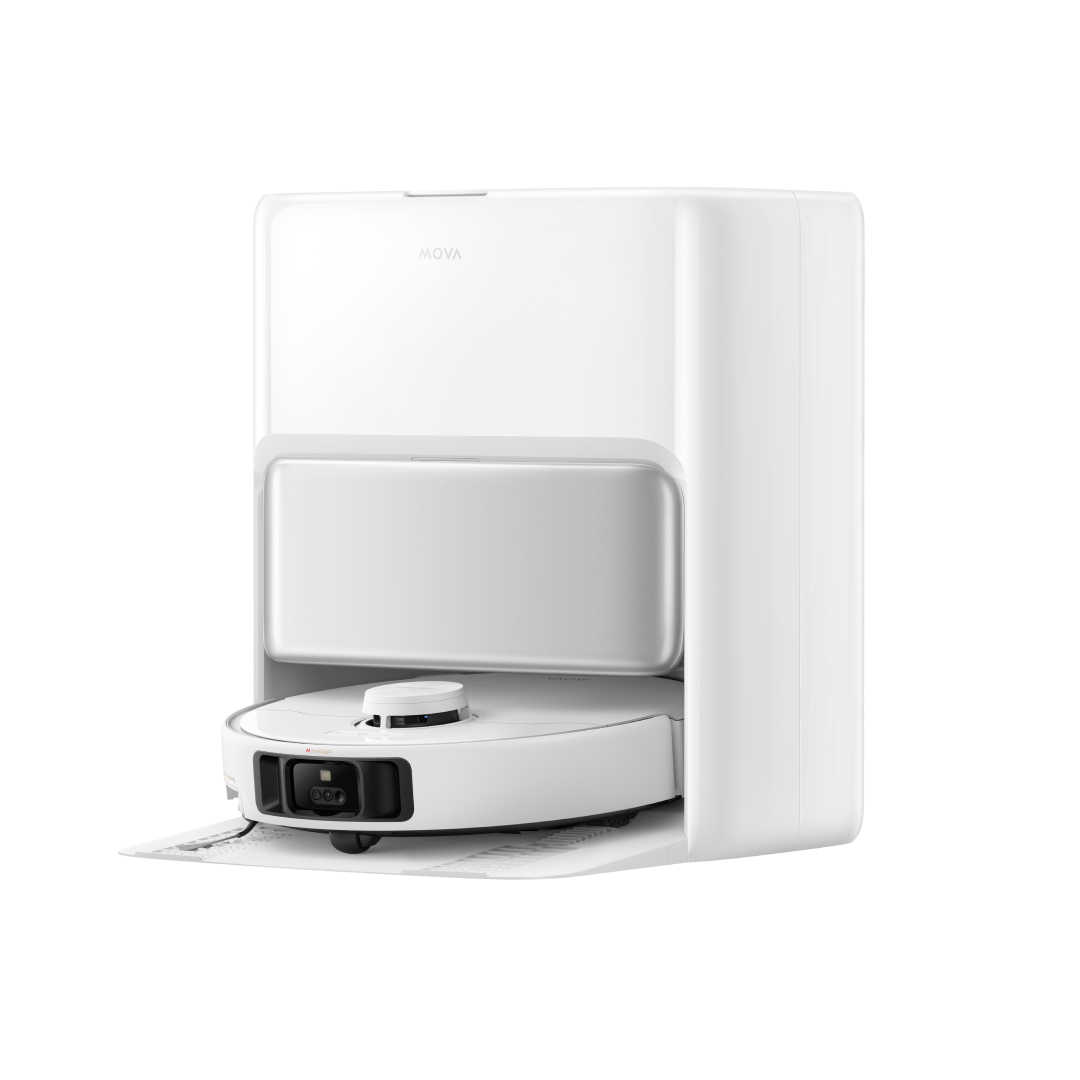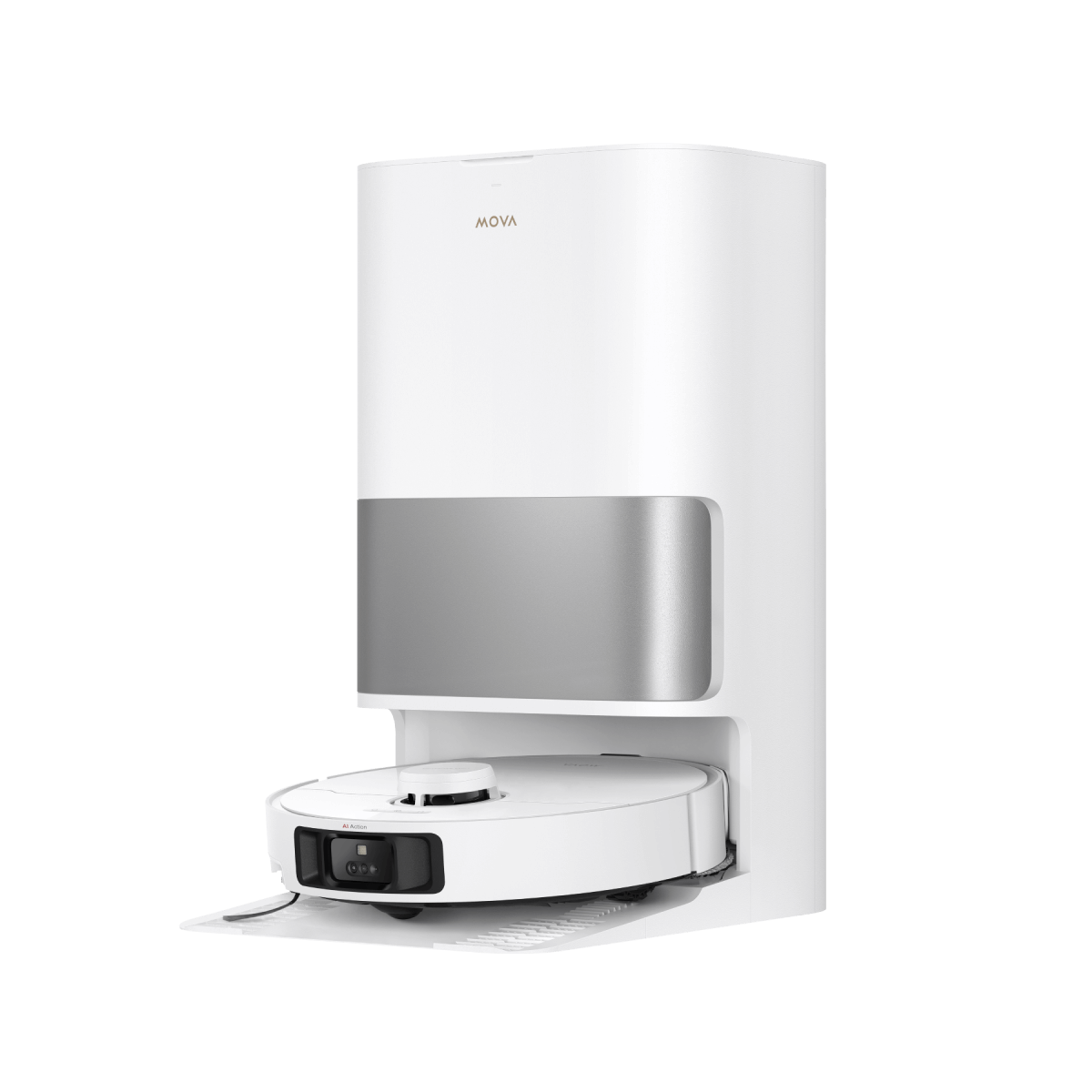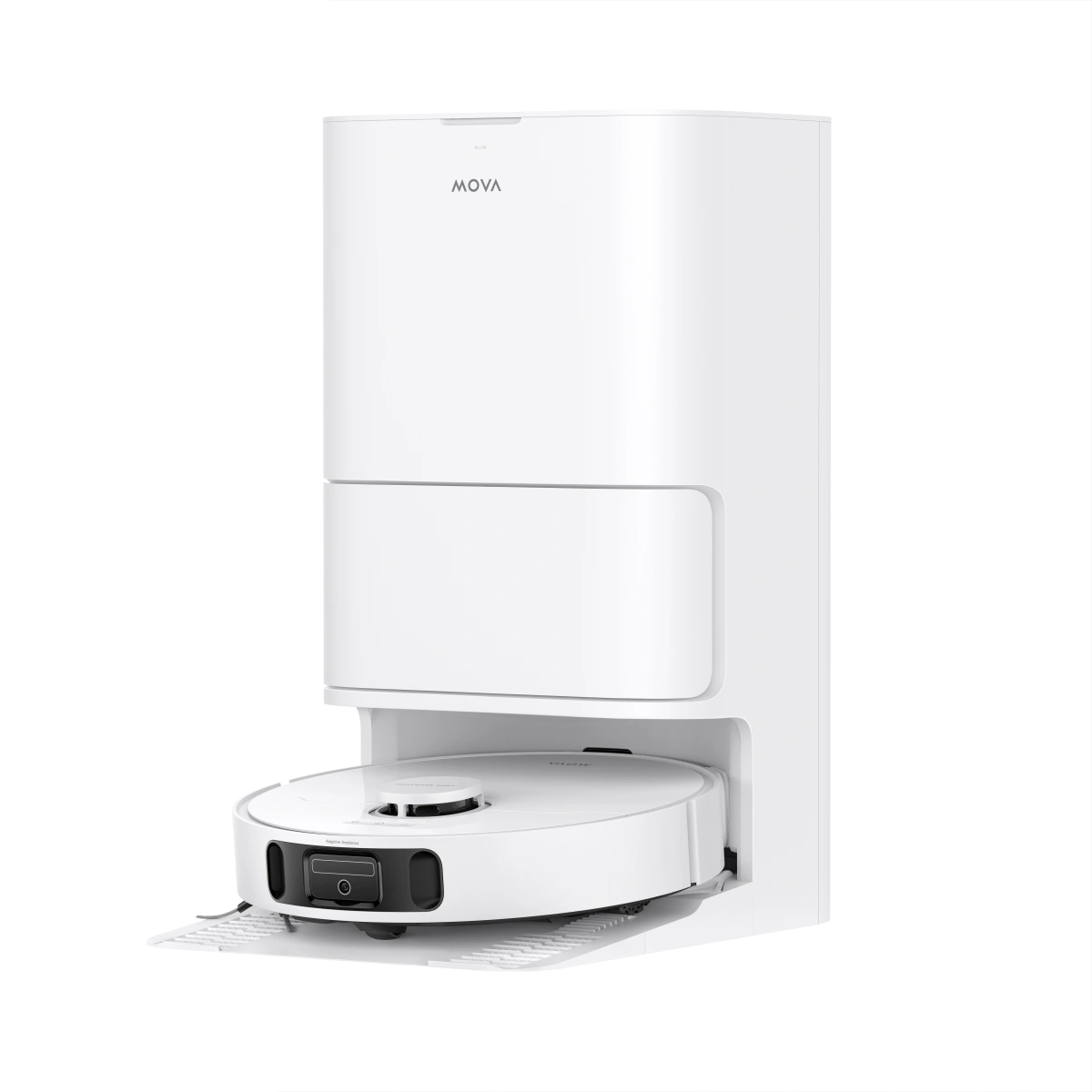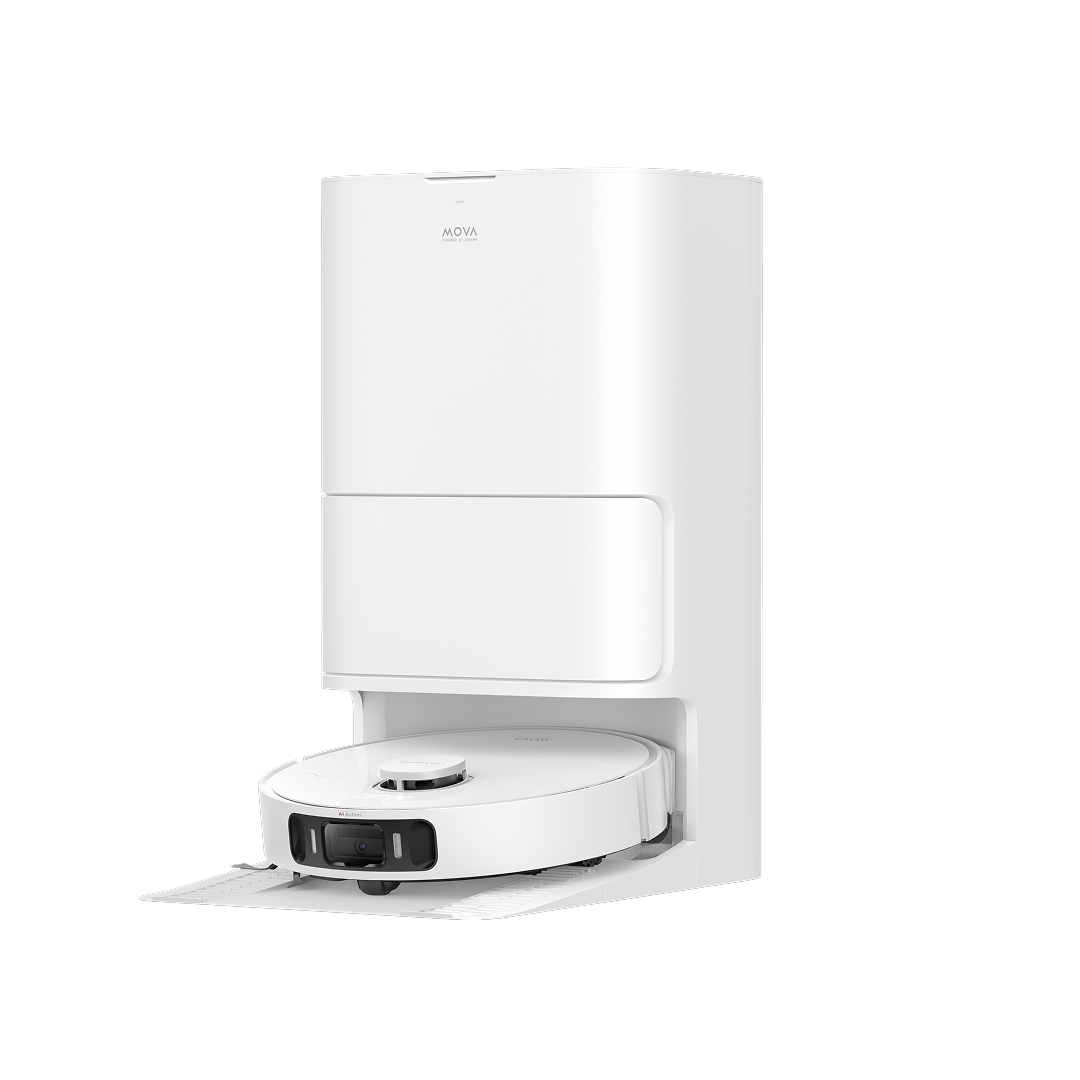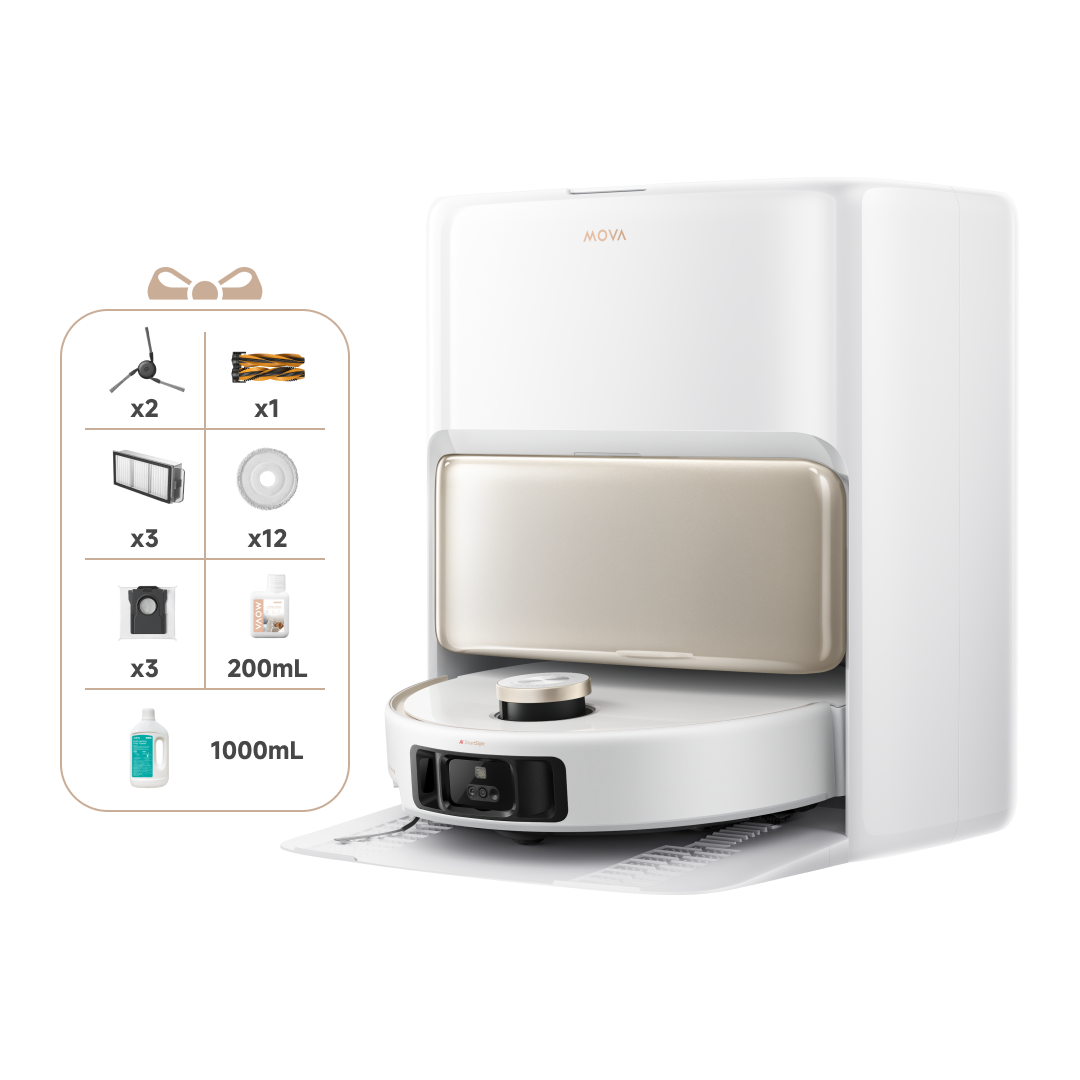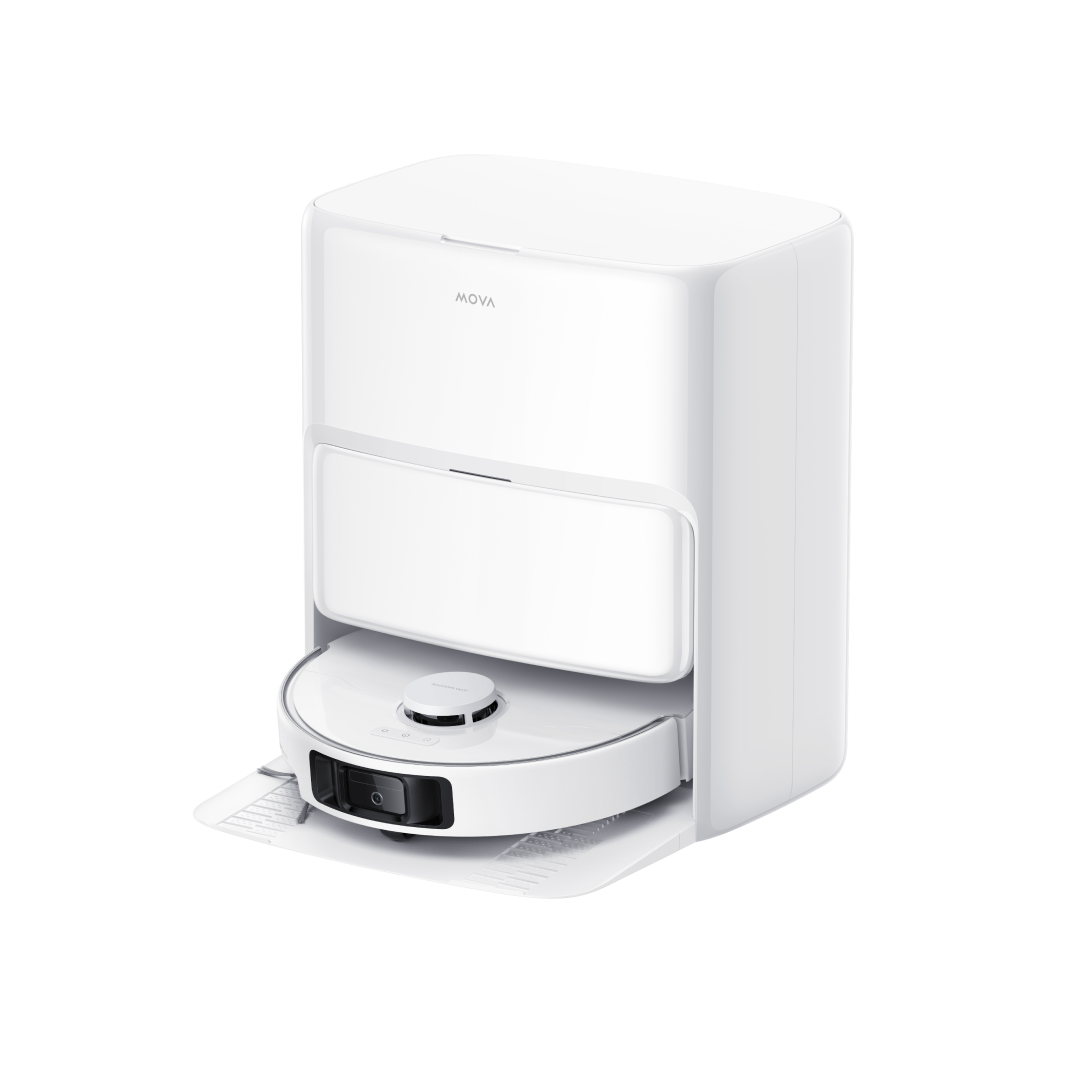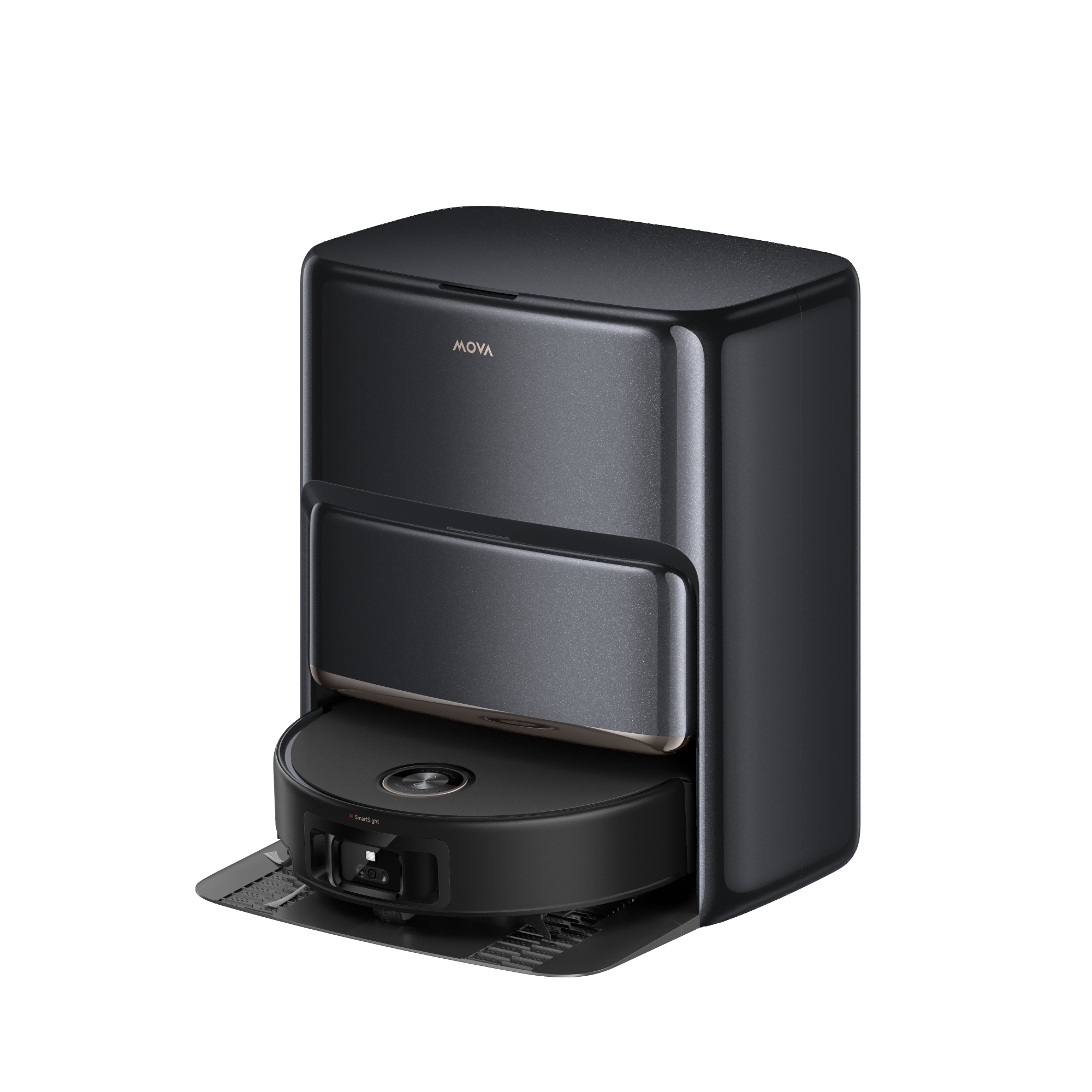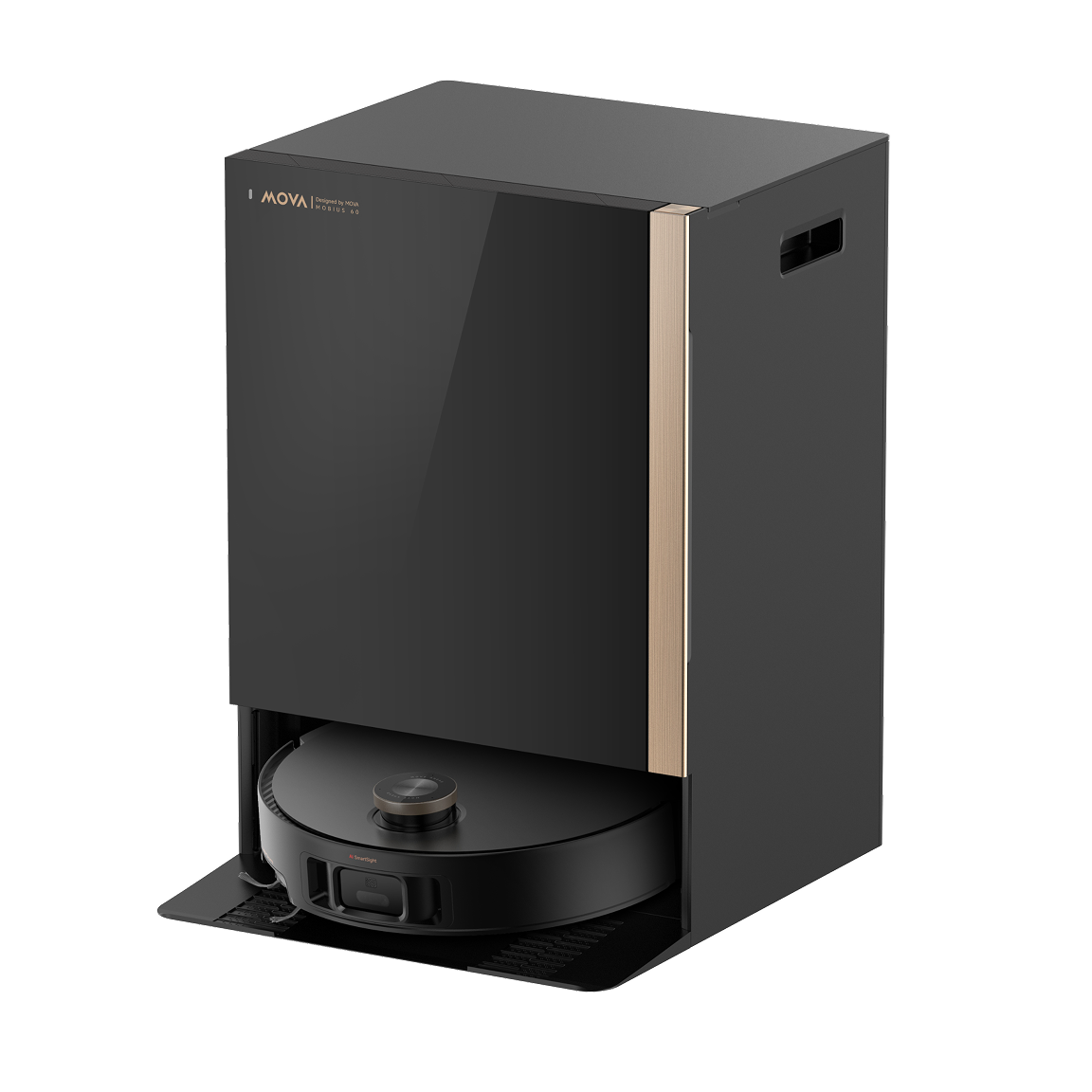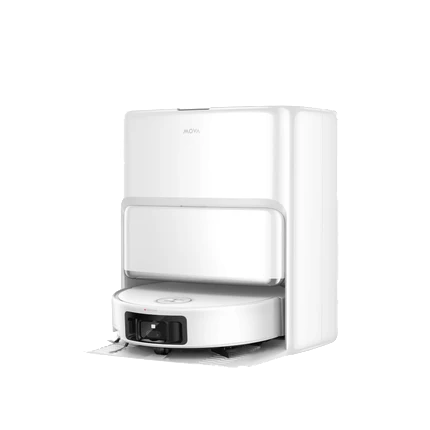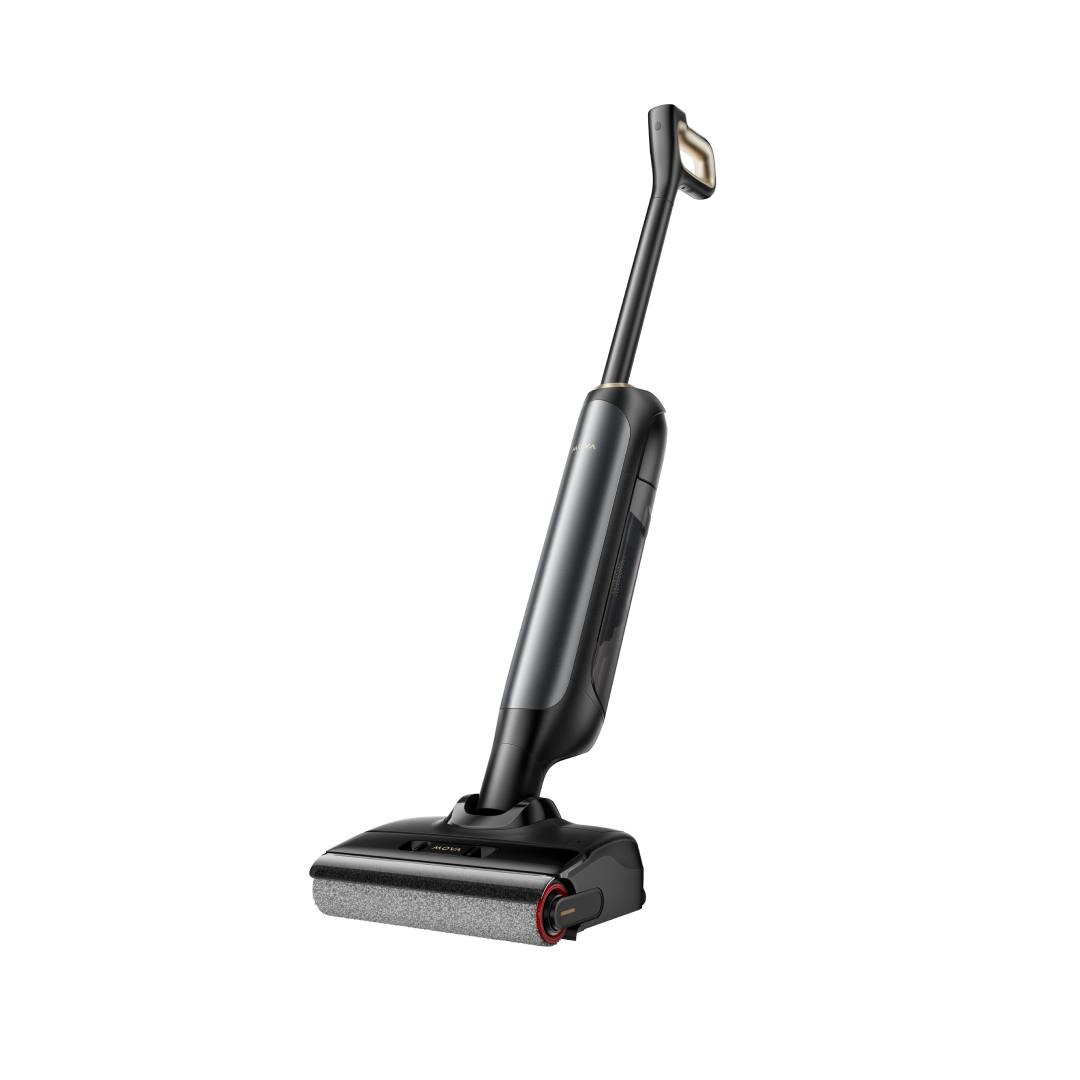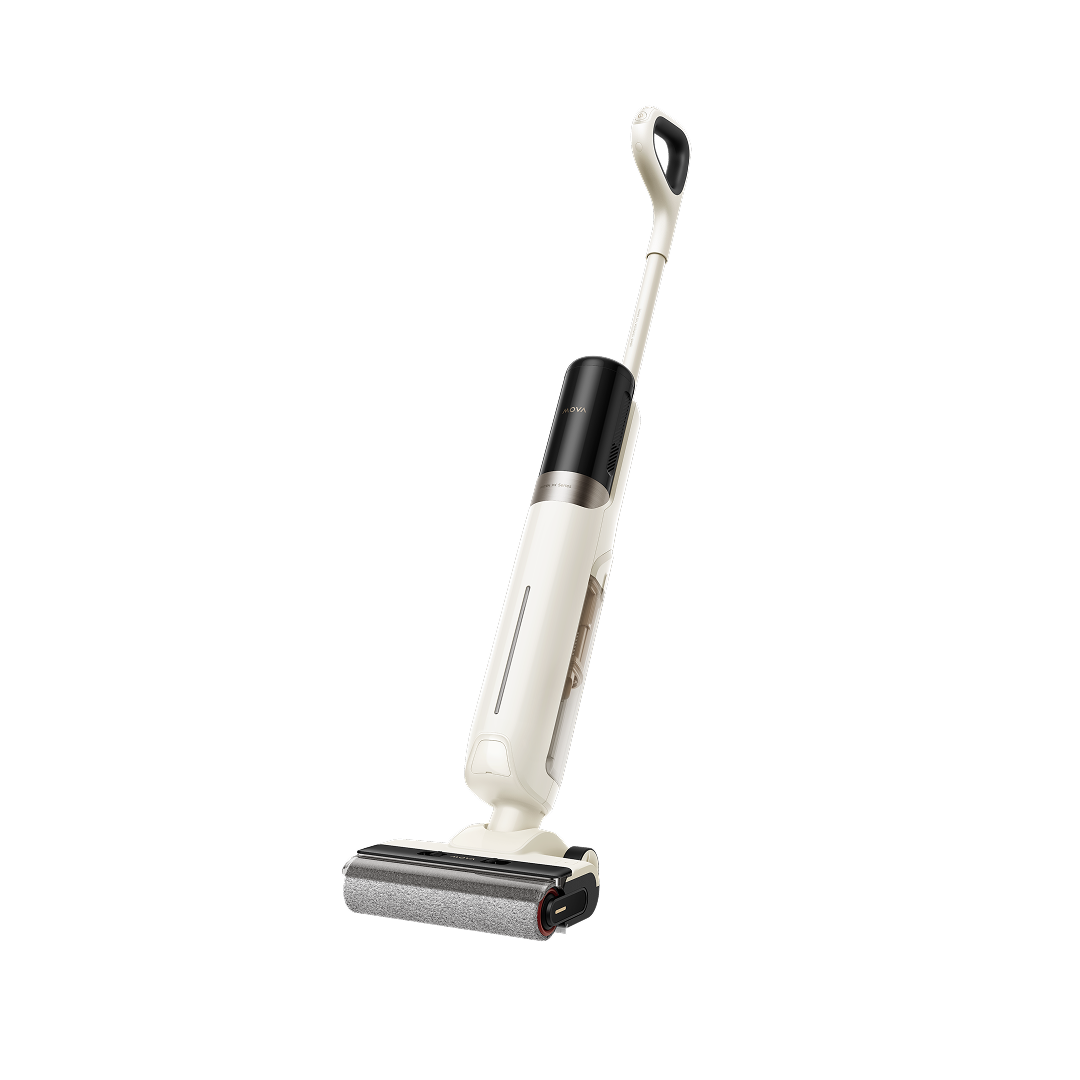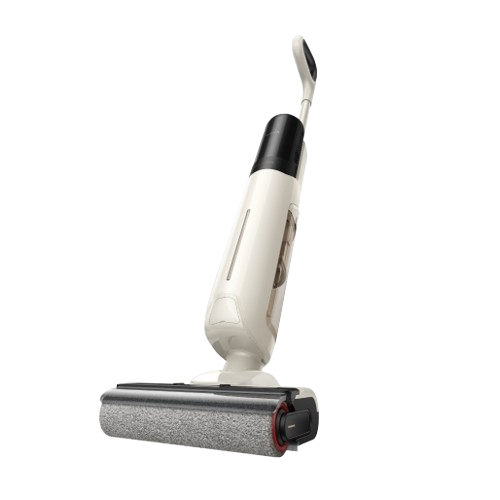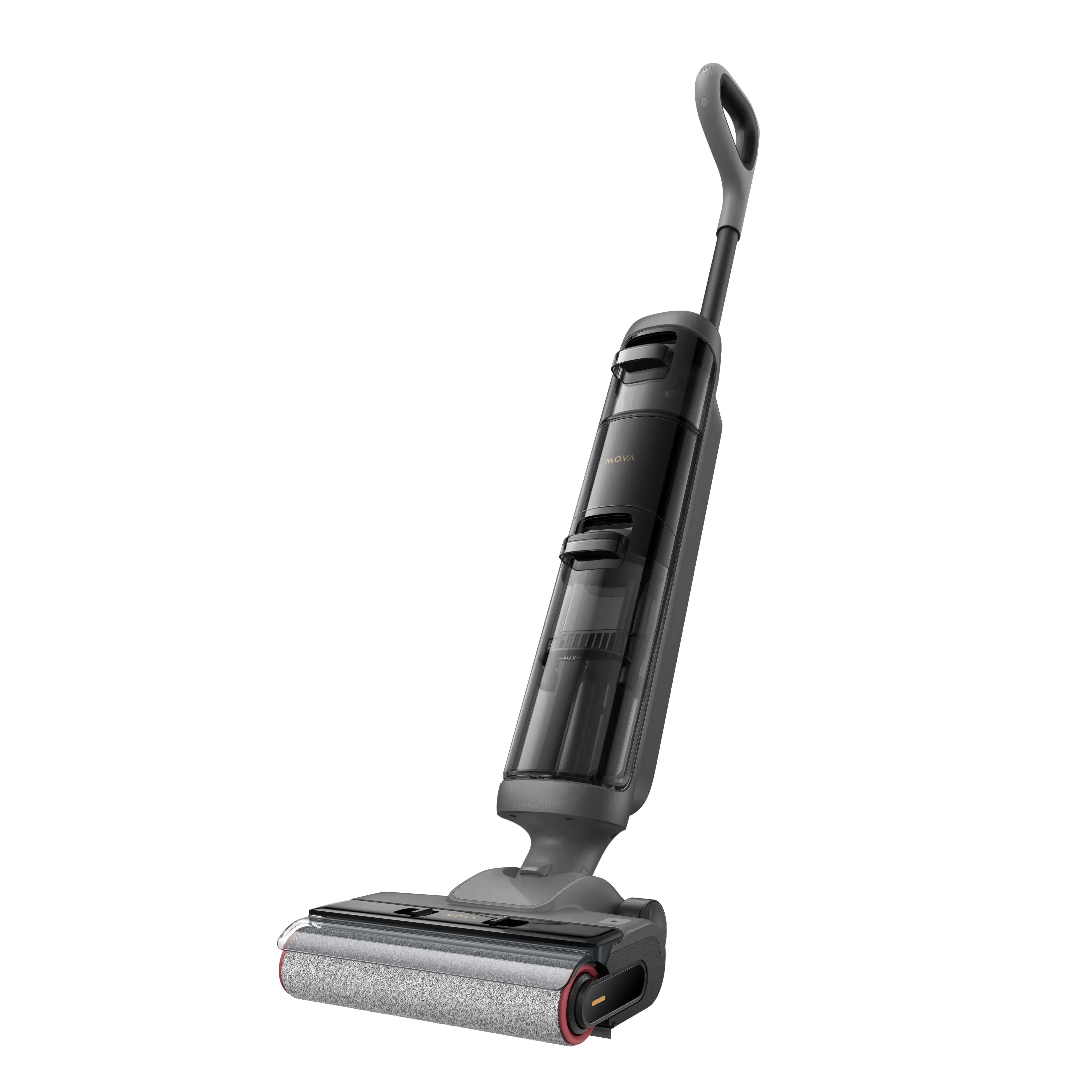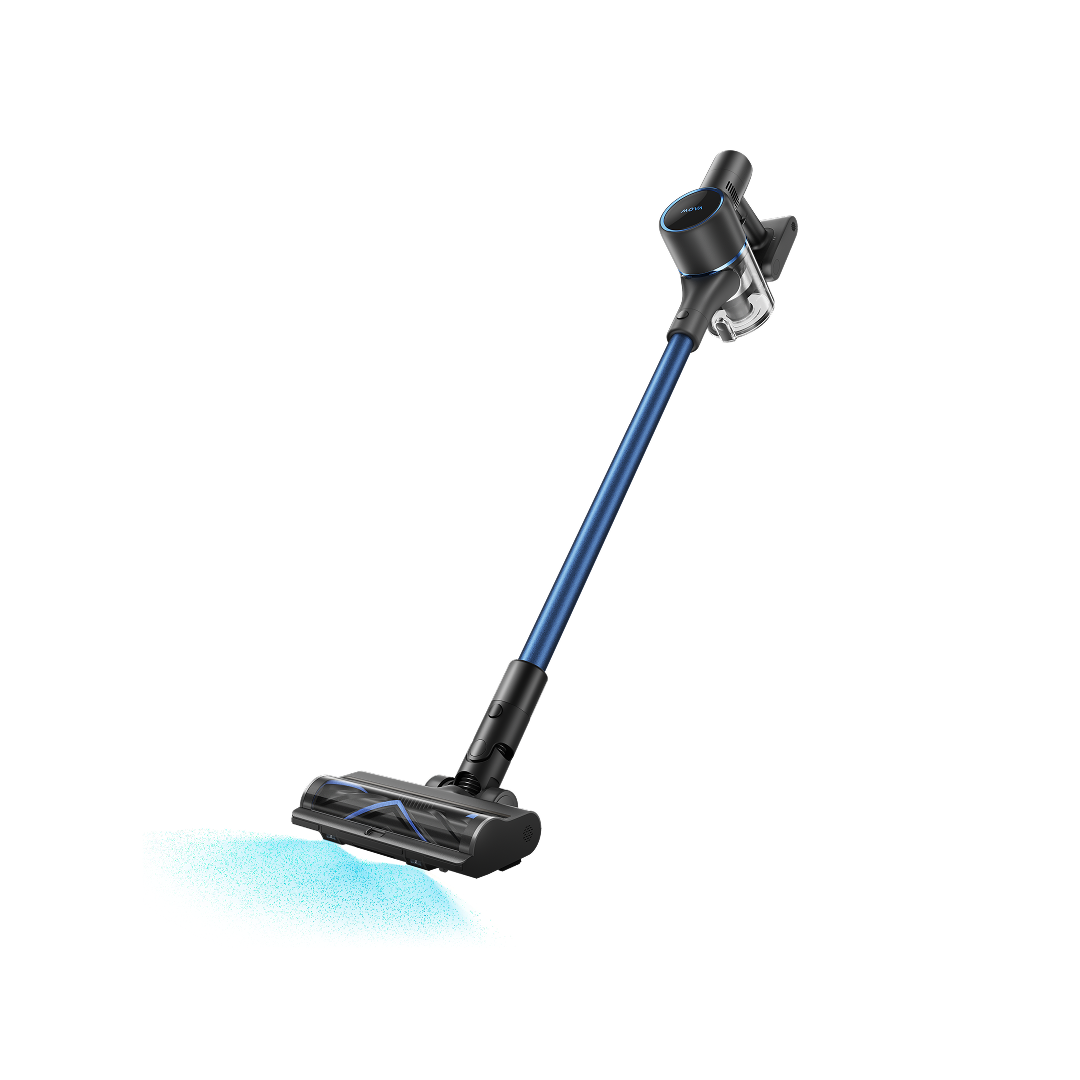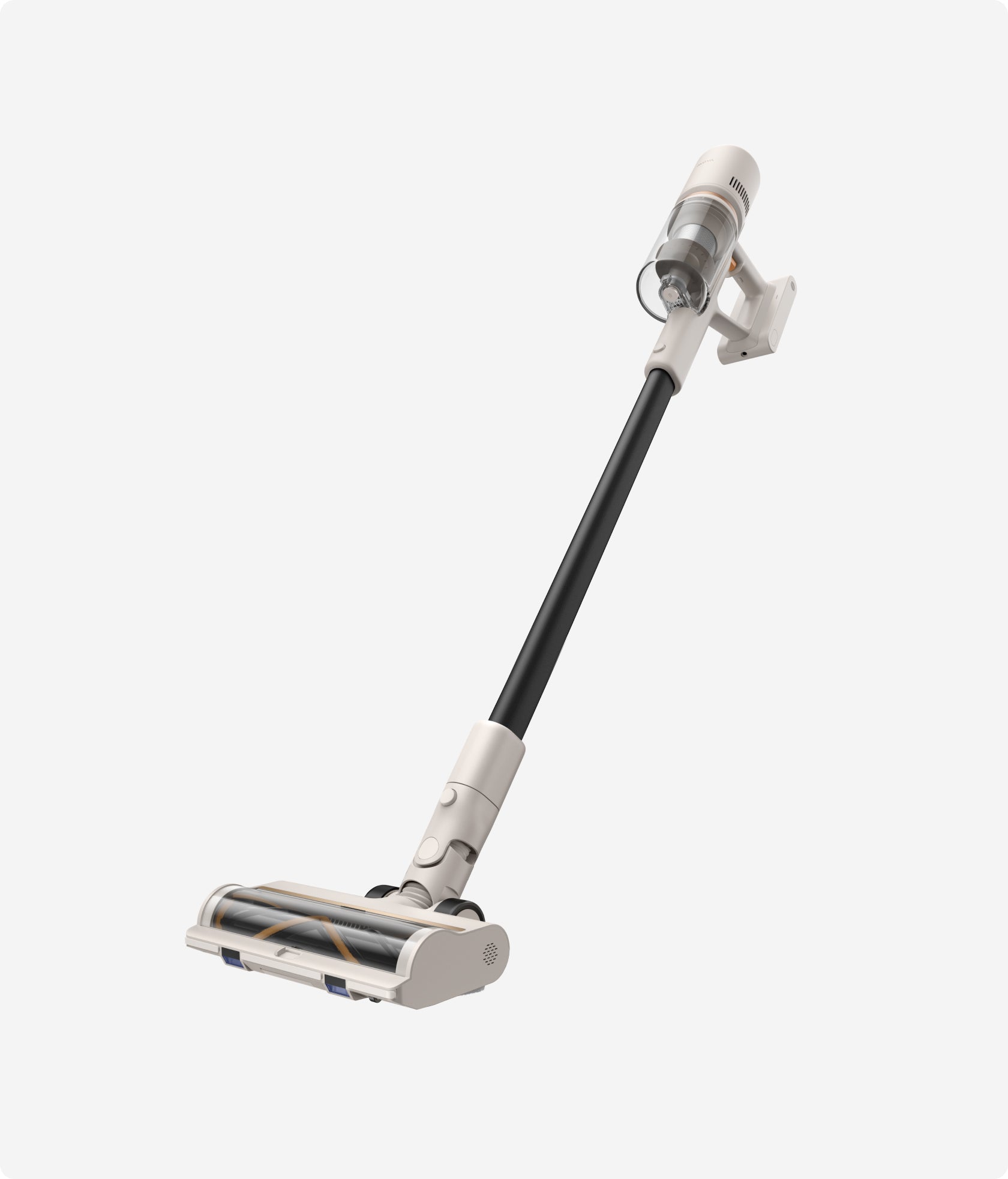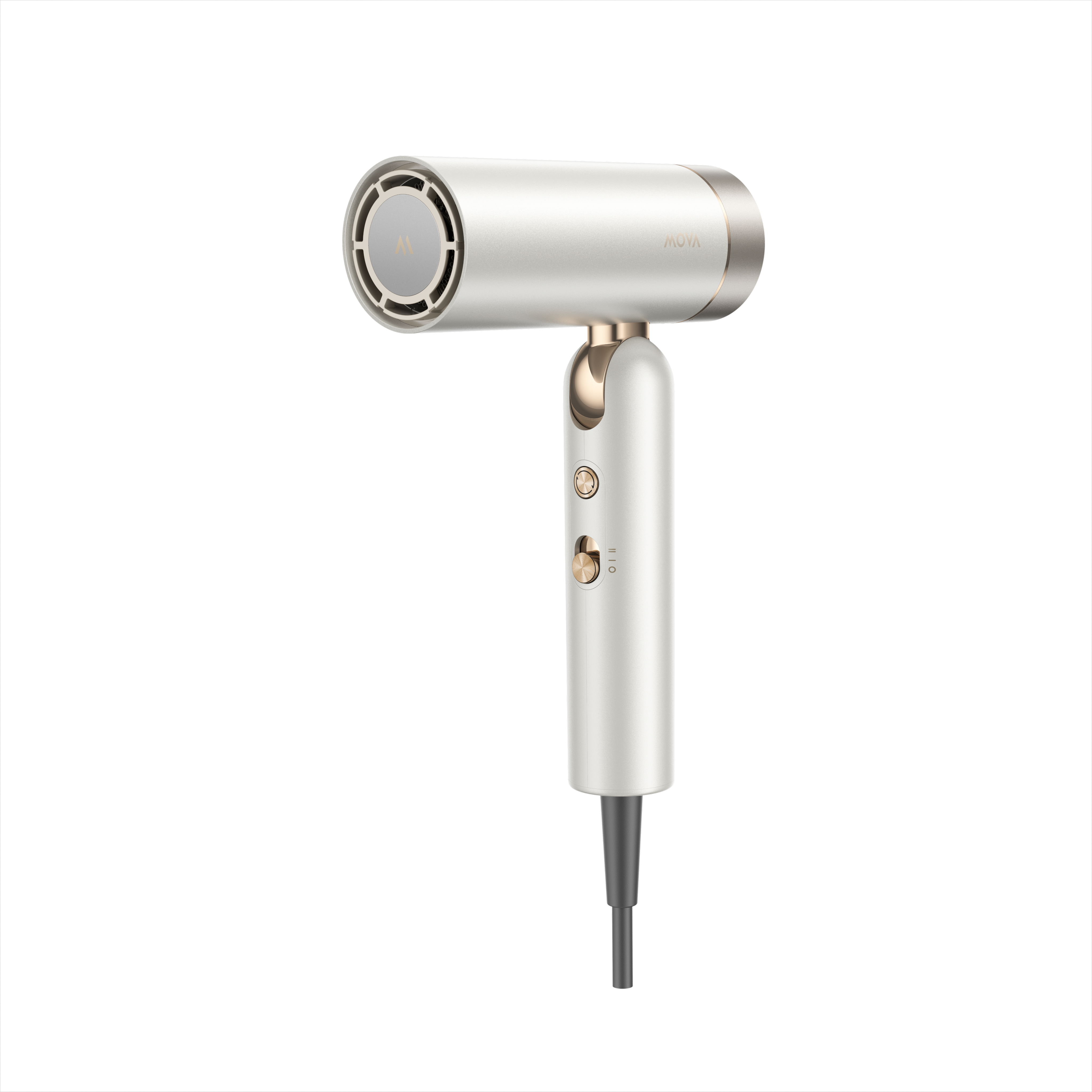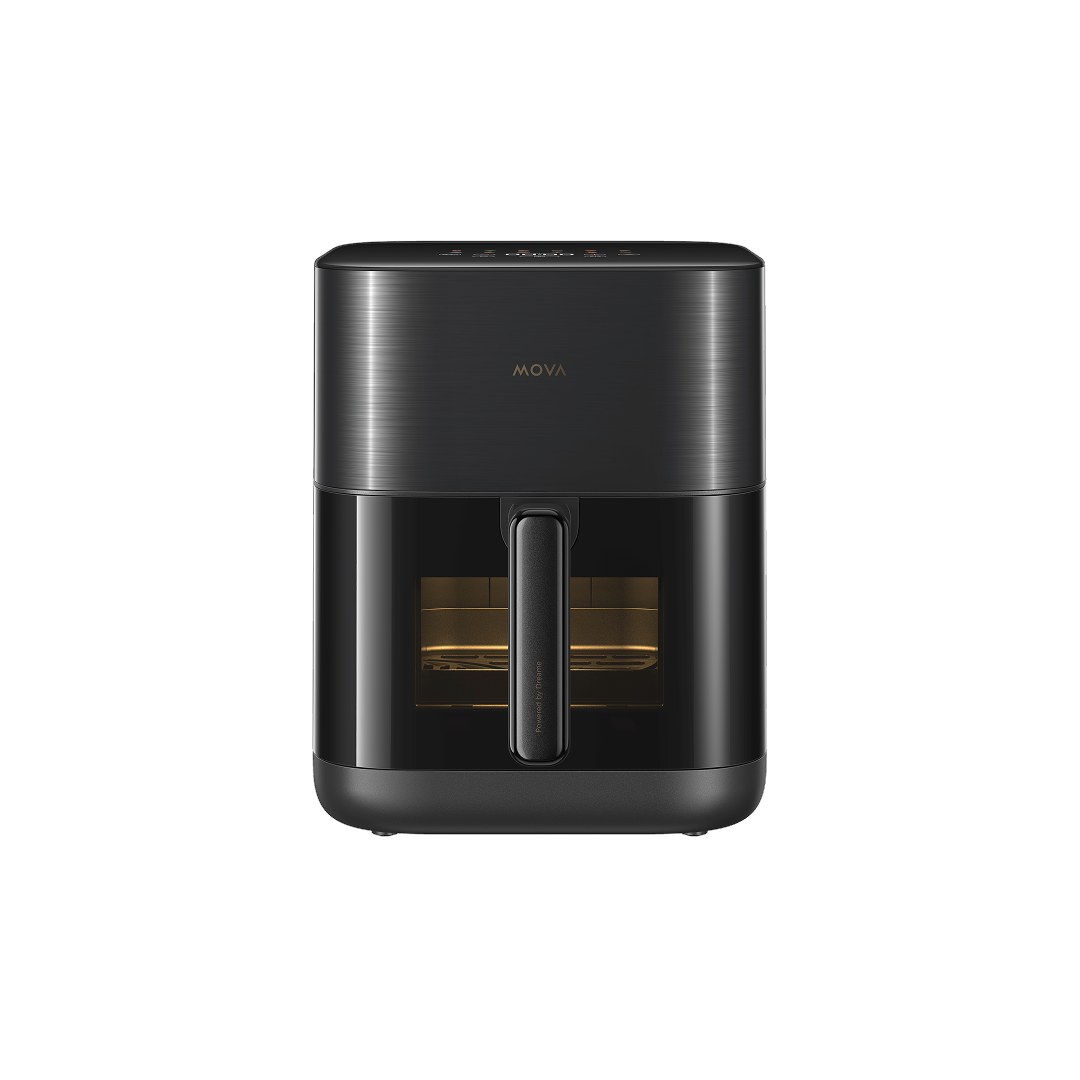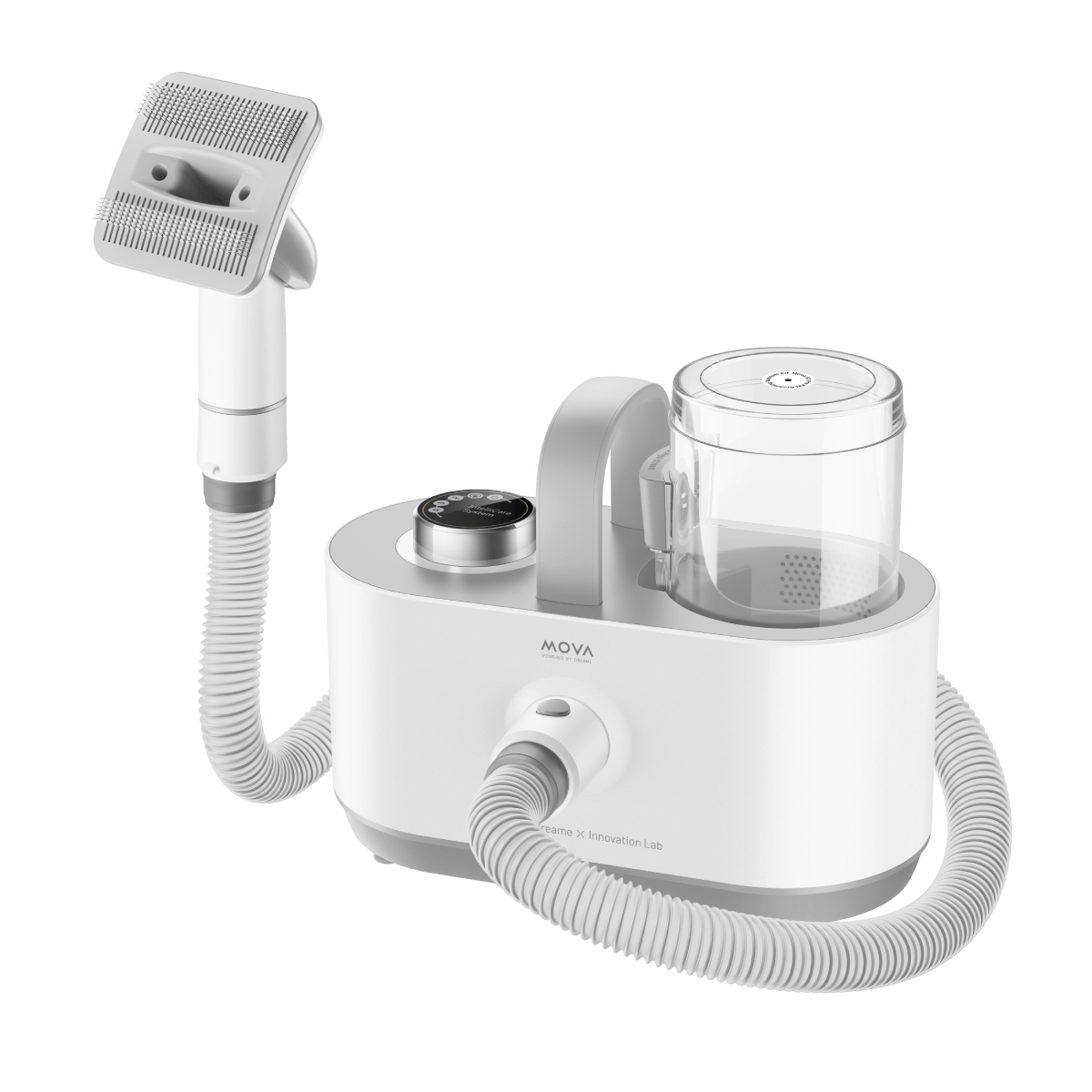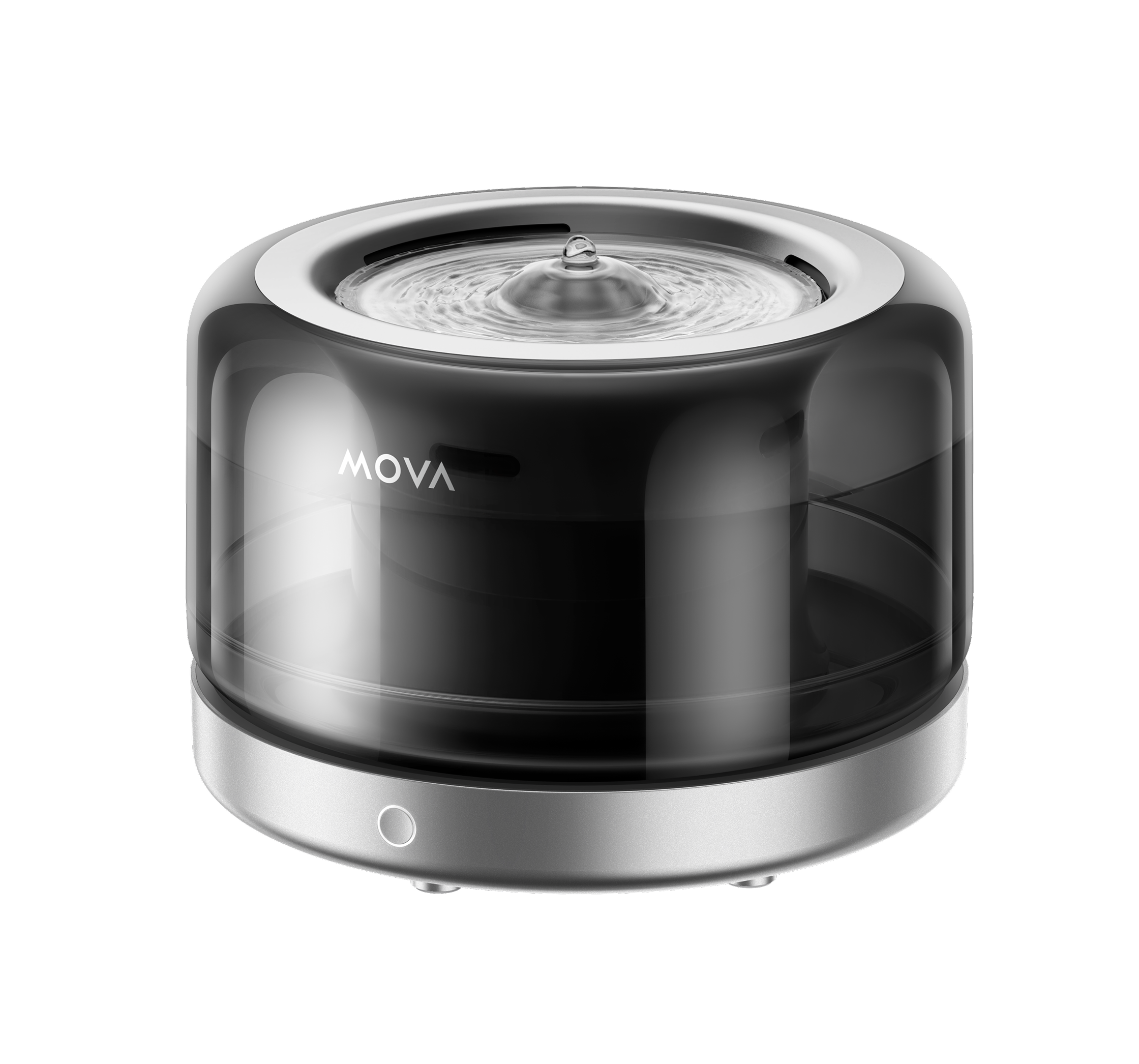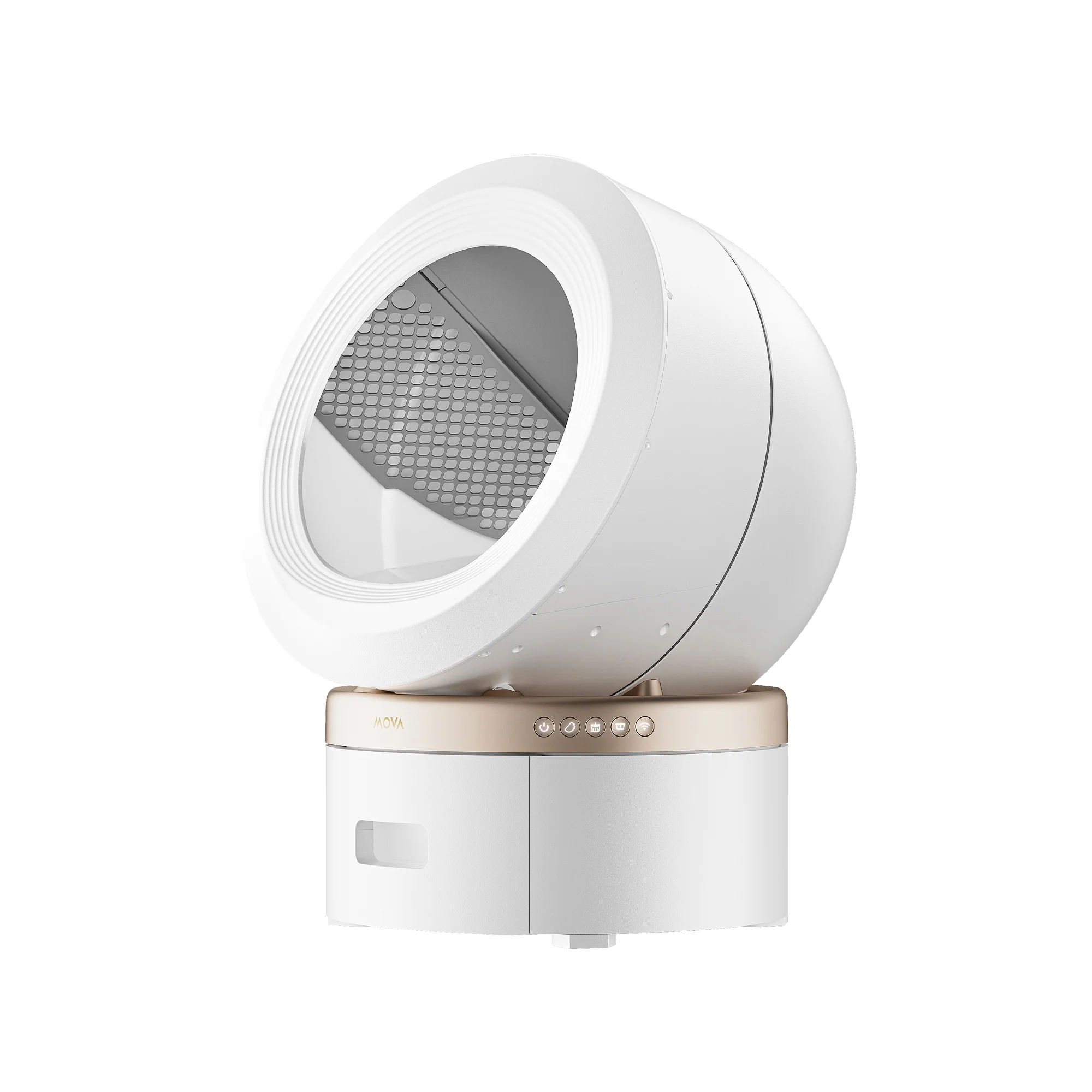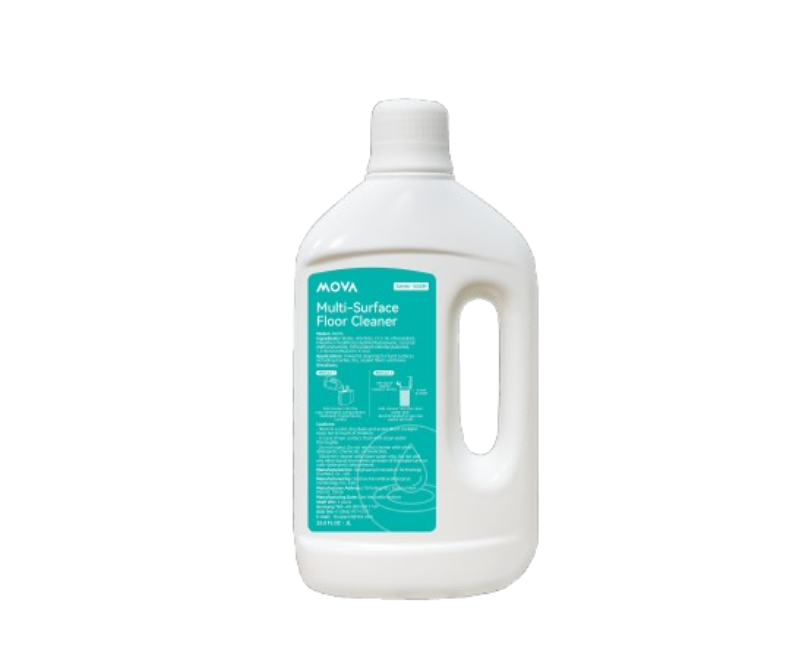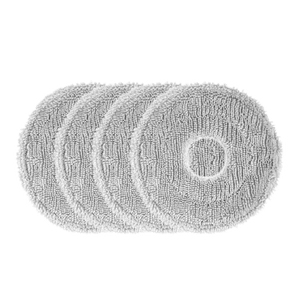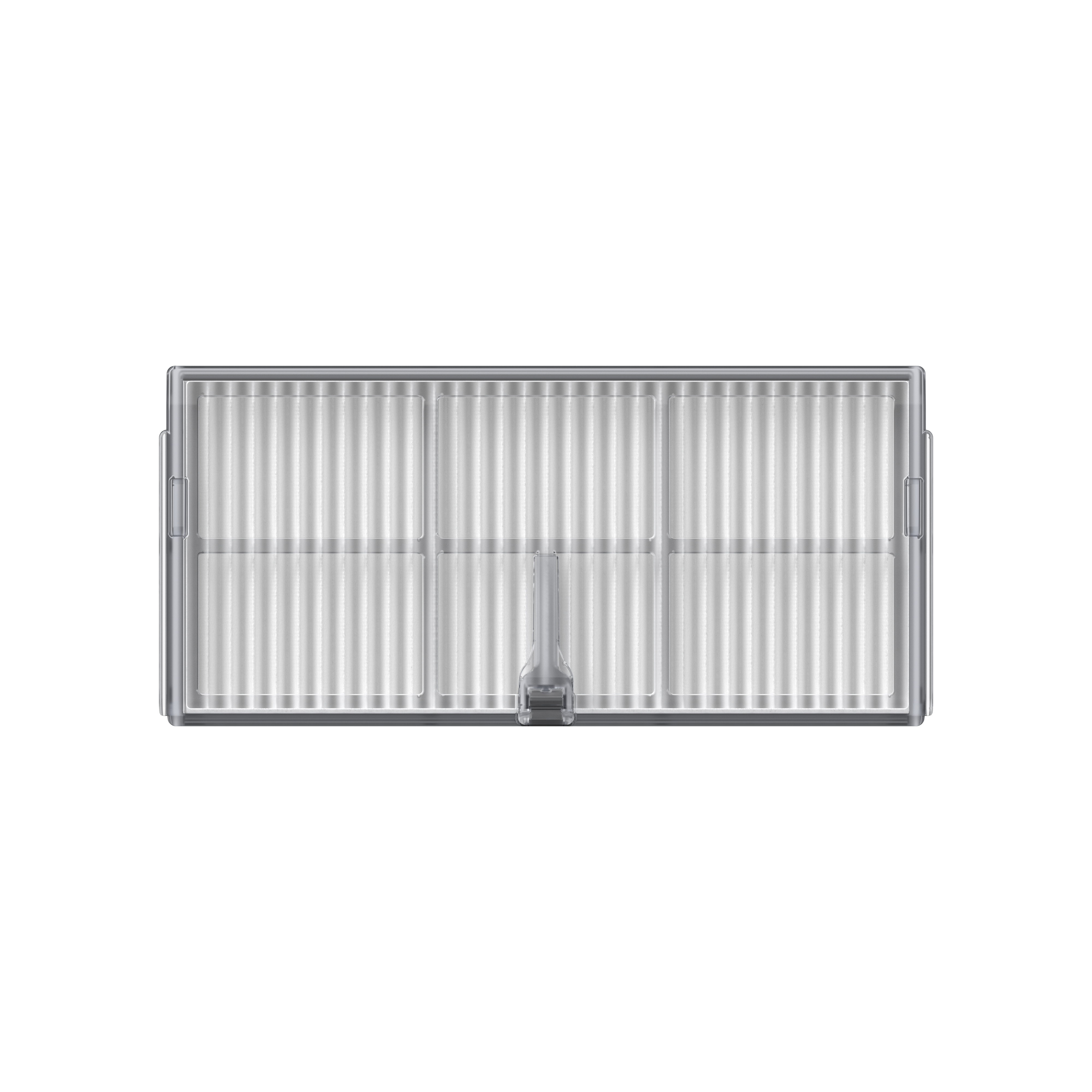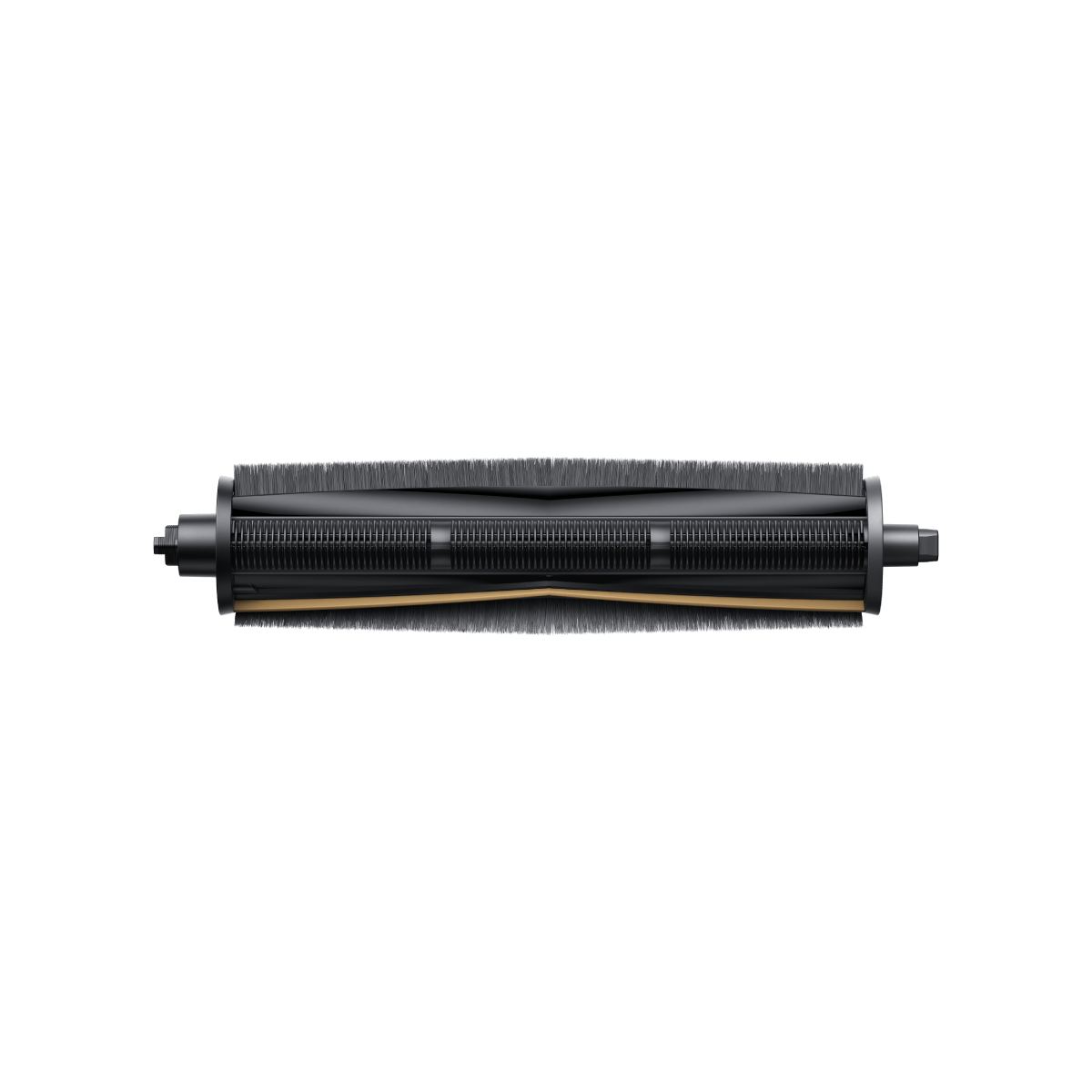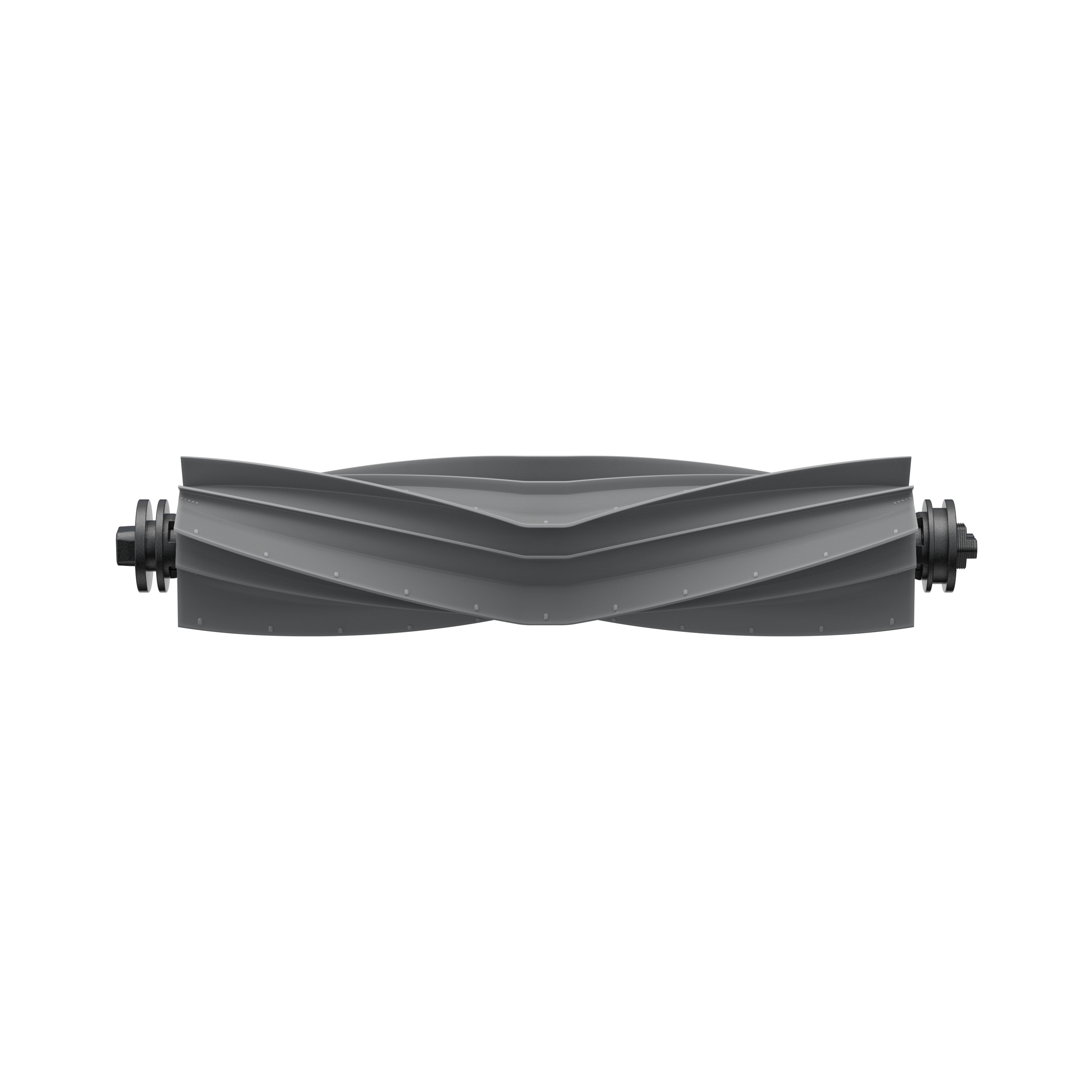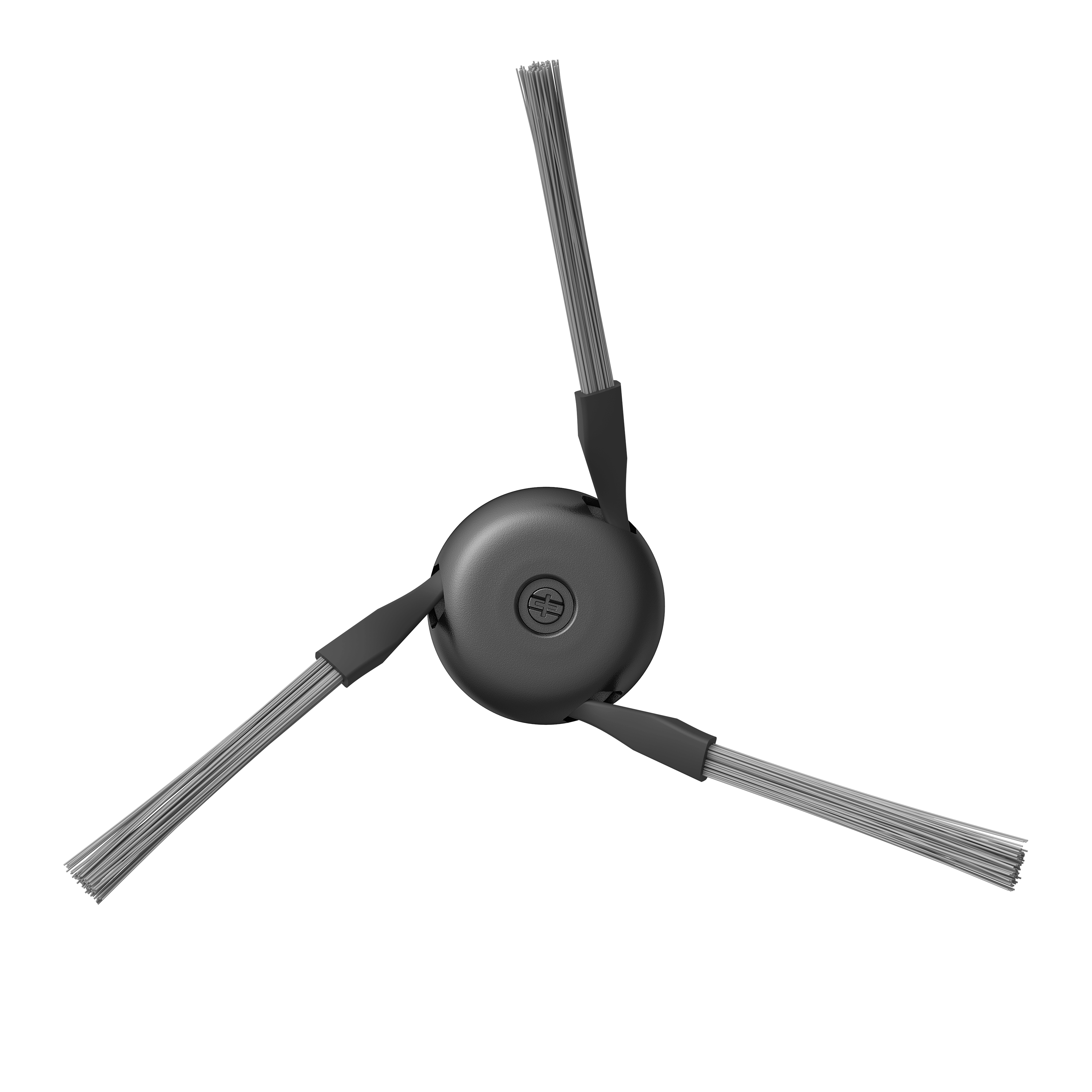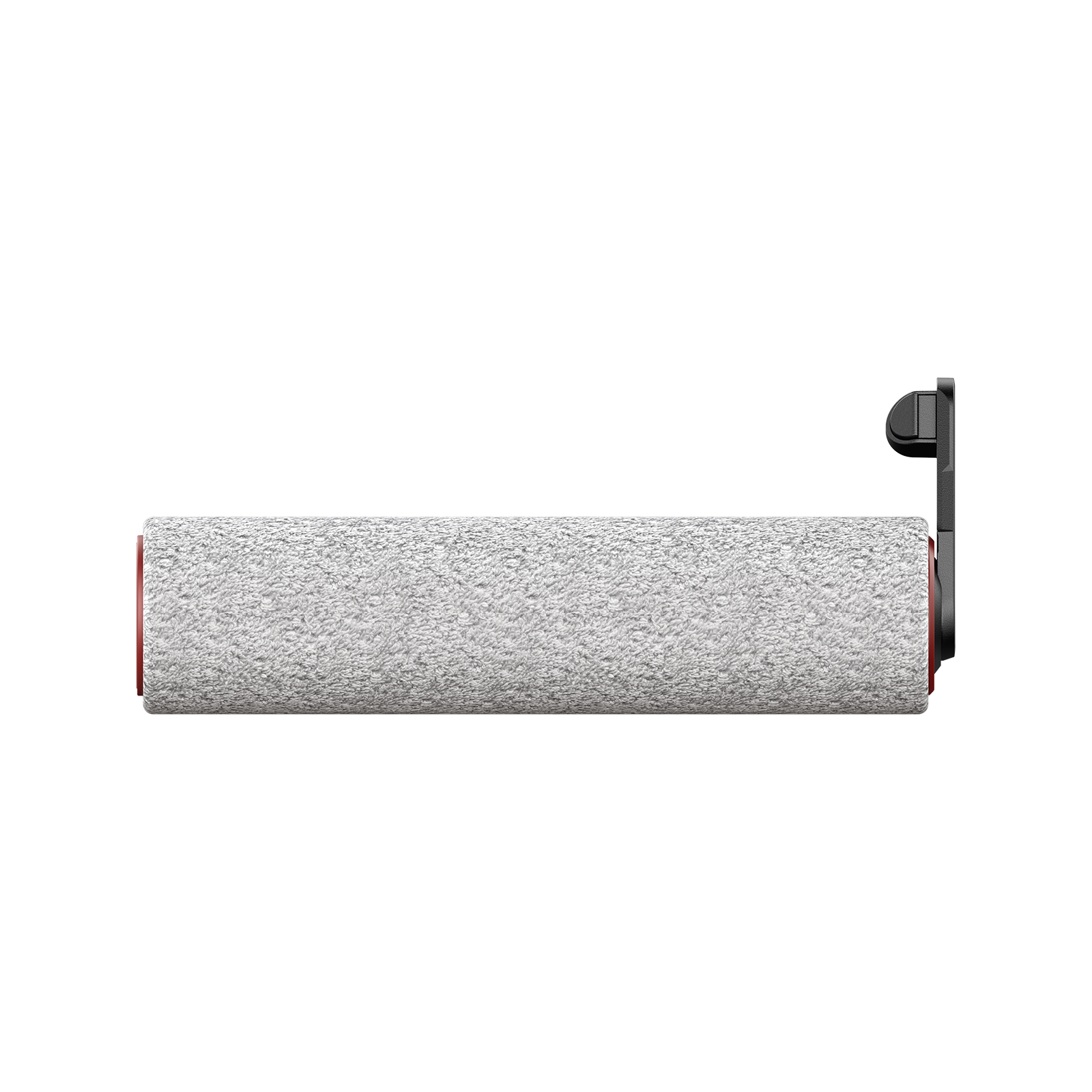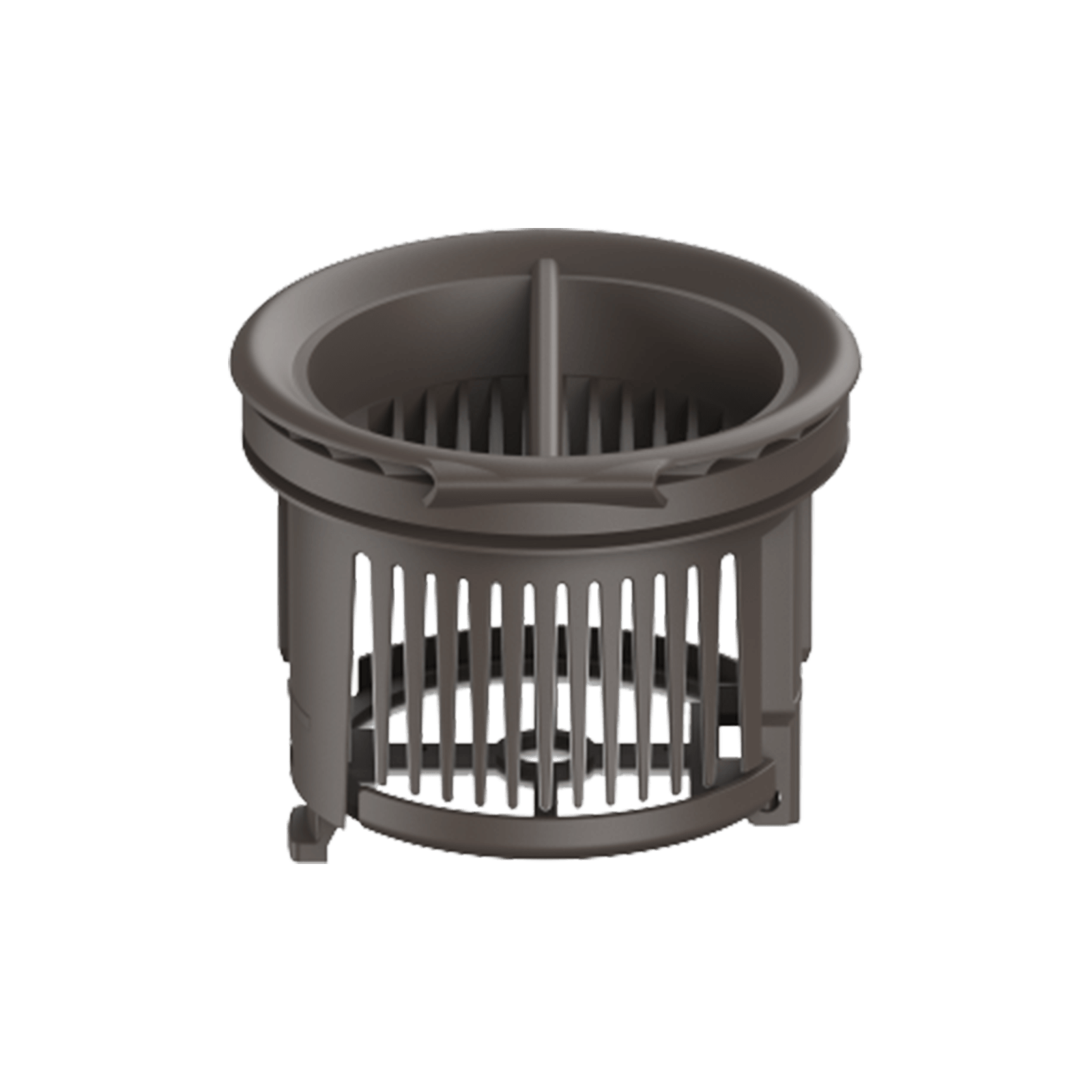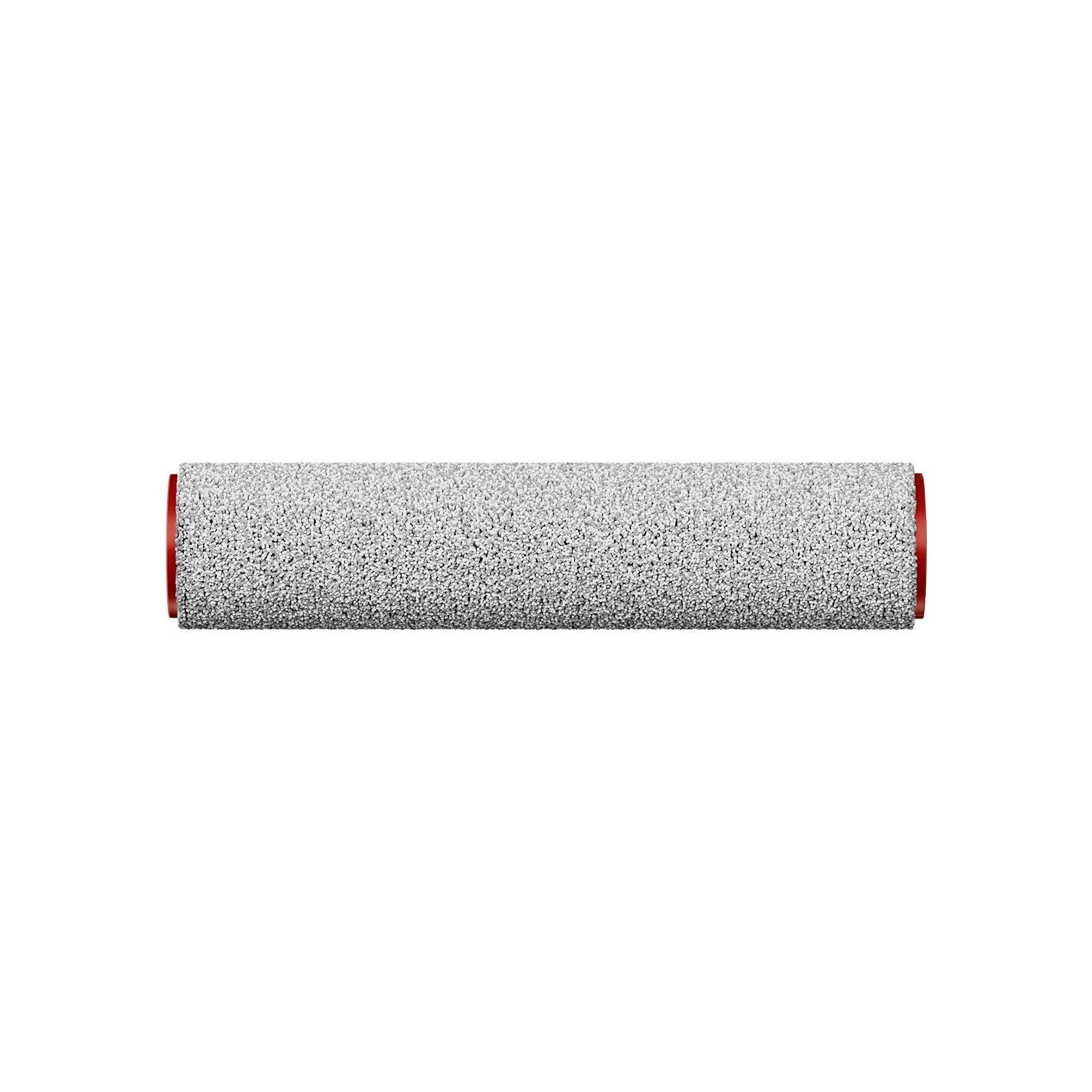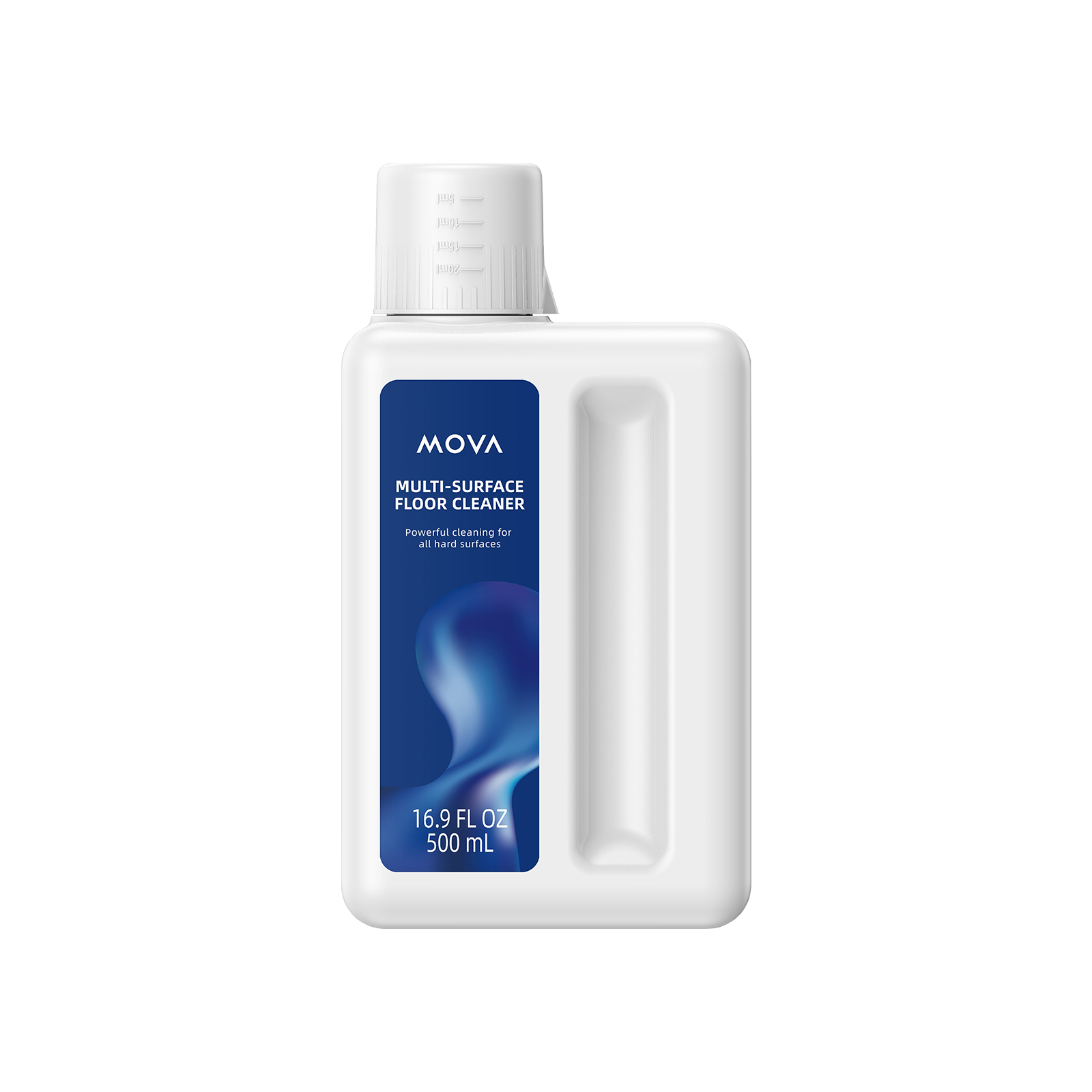That sudden, acrid smell of something burning coming from your vacuum cleaner is enough to make any homeowner's heart sink. It's an alarming sign, but it's also a surprisingly common issue. Before you assume the worst and start shopping for a new model, know this: a burnt smell is usually your vacuum's way of crying for help, and the problem is often something you can fix yourself.
The most important rule is to stop using the vacuum immediately. Unplug it from the wall outlet and let it cool down completely before you investigate. Ignoring the smell and continuing to run the vacuum can turn a simple, inexpensive fix into a costly motor replacement. Let's diagnose the issue and get your machine back to safe, smell-free cleaning.
The 5 Most Common Causes of a Burnt Smell in Vacuums
1. Clogged Hose or Blockage (Most Common Cause)
Why it happens: It's easy for larger debris, clumps of pet hair, or even a stray sock to get lodged in the hose, wand, or intake opening. This severely restricts the airflow.
The Science: Your vacuum's motor is designed to spin with a specific amount of air flowing through it to keep it cool. A blockage forces the motor to work much harder to pull air, causing it to overheat rapidly. The smell you get is a combination of the overheated motor and dust burning on its hot surfaces.
How to Fix It: Disconnect the hose from both the vacuum body and the wand. Shine a flashlight through it to look for obstructions. For stubborn clogs, use a long, flexible object like a broom handle or a plumbing snake to gently push the blockage out. Always check the wand and attachment openings as well.
2. Worn-Out or Damaged Belt
Why it happens: The belt that connects the motor to the brushroll is a wear-and-tear item. Over time, it can stretch, fray, or even snap completely, especially if the brushroll is obstructed.
The Science: A stretched belt will slip on the motor pulley, creating intense friction. This friction generates a sharp, unmistakable rubber-burning smell. If the belt snaps, the motor might spin freely without resistance, which can also lead to overheating.
How to Fix It: Unplug the vacuum and turn it over to access the brushroll plate. Remove the plate (usually secured with screws or latches) to inspect the belt. If it looks melted, stretched, glazed, or broken, you need a replacement. Belts are inexpensive and specific to your model—check your manual for the right part number.
3. Overheated Motor
Why it happens: While often a symptom of other problems (like a clog or bad belt), a motor can also overheat from simple overuse, like vacuuming a large, high-pile carpet for an extended period without a break.
The Science: This smell is distinctly hot and electrical like overheating electronics. The insulation on the motor's wiring and its internal components can get dangerously hot. This is the most serious cause and requires immediate attention.
How to Fix It: First, let the vacuum cool down for at least 30-60 minutes. Once cool, check for and eliminate all other causes on this list (clogs, belt, filter). If the smell persists after addressing other issues and the vacuum isn't performing well, the motor itself may be failing. Motor repairs are complex; at this point, consulting a repair professional is often the best next step.
4. Full or Dirty Bag / Canister Filter
Why it happens: It sounds simple, but a bag that's past full or a clogged foam or HEPA filter acts just like a blockage in the hose.
The Science: When the air path is restricted by a packed bag or a dirty filter, airflow is reduced. This, again, causes the motor to strain and overheat as it tries to pull air through the clogged material.
How to Fix It: If your vacuum uses a bag, replace it even if it doesn't look completely full. For bagless models, empty the canister and then wash or replace the pre-motor and post-motor filters according to the manufacturer's instructions. Let all filters dry completely for 24 hours before reinstalling them to prevent mold growth.
5. Tangled Brush Roll
Why it happens: Hair, string, threads, and carpet fibers can wrap around the ends of the brushroll, building up until it can no longer spin freely.
The Science: When the brushroll is seized up by debris, the motor struggles—and often fails—to turn it. This causes the belt to slip and burn (see Cause #2) and can also lead directly to motor overheating (see Cause #3).
How to Fix It: Turn off and unplug the vacuum. Access the brushroll by removing the bottom plate. Use a seam ripper, scissors, or utility knife to carefully cut away all wrapped debris from the brushroll and its bearings. Manually spin the brushroll to ensure it turns completely freely before reassembling.
Prevention Tips: Keep Your Vacuum Smelling Fresh
An ounce of prevention is worth a pound of cure, especially with vacuums.
l Be Proactive with Filters: Clean or replace filters more often than you think you need to. It's the single best thing you can do for your vacuum's health and suction.
l Empty Before It's Full: Never let a bagless canister fill to the top. Empty it after every one or two cleaning sessions.
l Monthly Check-Up: Get in the habit of flipping your vacuum over once a month to check the brushroll for tangles and inspect the belt for wear.
l Don't Overwork It: Give your vacuum a break during long cleaning sessions, especially on thick carpet.
l Use Genuine Parts: Stick with manufacturer-approved belts and bags. Off-brand parts can fit poorly and cause the exact problems you're trying to avoid.
Conclusion
A burnt smell from your robot vacuum is almost always a warning sign you should heed. In most cases, it's a simple fix like a clogged hose, a worn belt, or a filter that's begging to be cleaned. Regular maintenance is the key to preventing these headaches and extending the life of your machine. By following these diagnostic steps, you can often solve the problem yourself and avoid an expensive service call.
If your vacuum is consistently having issues or the motor is failing, it might be time for an upgrade. Explore our selection of high-quality, reliable vacuums designed to handle the demands of your home without the drama.


